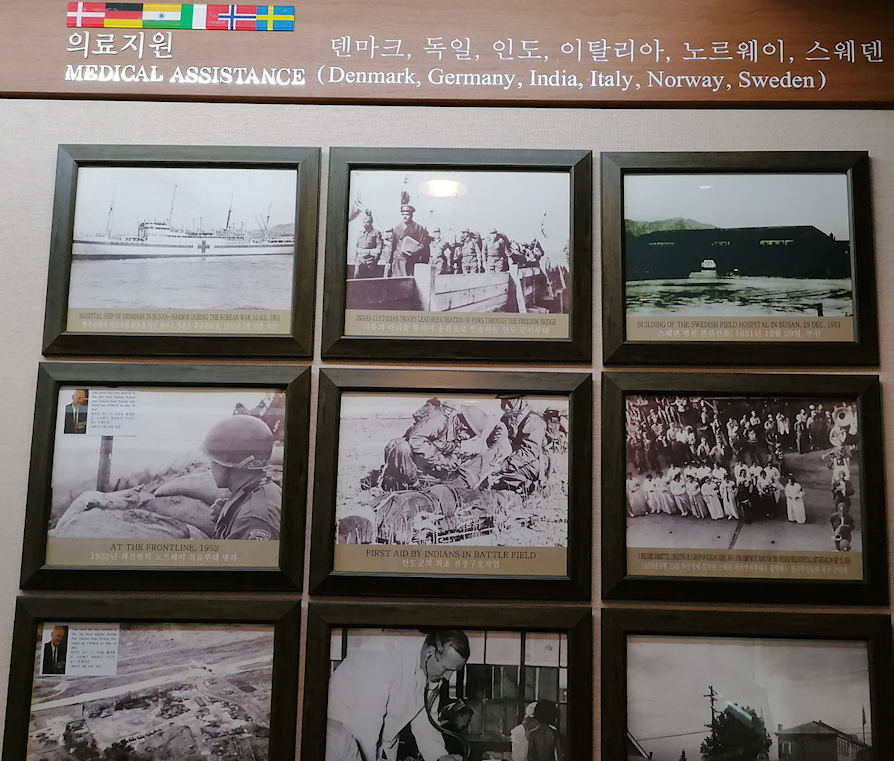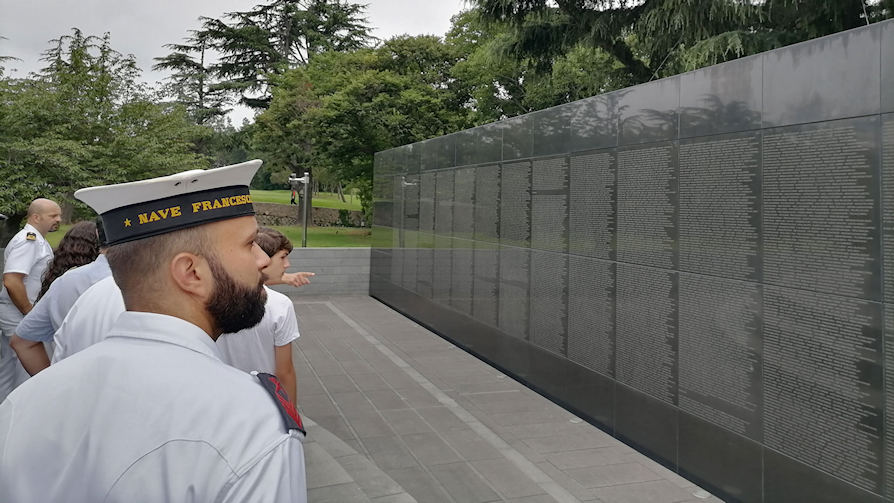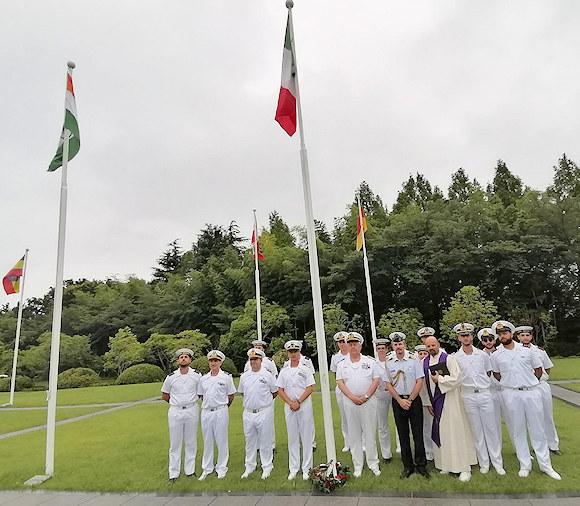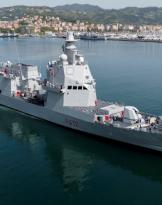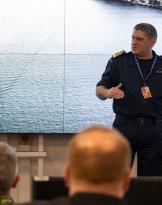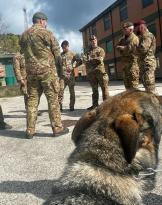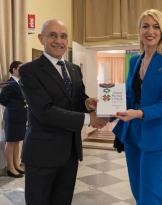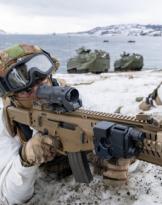While continuing the navigation in the Indo-Pacific, last July 1 Ship Morosini, engaged in the stop in Busan in South Korea, visited with its crew the United Nations Memorial Cemetery in Korea.
Built in 1951 by the UN Command and initially used as a war cemetery, in 1959, following an agreement between the United Nations and the Republic of Korea, it formally became the United Nations cemetery and then, in 1974, also assumed the value of memorial, under the direct management of the countries of the United Nations which in that place kept the remains and memories of their war dead. That of Busan is therefore, still today, the only cemetery in the world of the United Nations, as well as a symbol of peace and memory that the United Nations wanted to ensure to those who from 1950 to 1953 took part, in various capacities, in the war of Korea, in the first real intervention of the recently born United Nations.
The impact that this place causes is strong and touching. On the walls of the Wall of Remembrance, an imposing wall on which the names of the over are engraved 40000 fallen, the stories are read and the memories of men who have faced the tragedy of war in defense of freedom with courage and a spirit of sacrifice are consumed. In the symbolic area and in Main Grave Area, the main areas where more than 2000 fallen from 11 different countries still rest, the flags of the nations that took part in the war in various capacities, providing support in strictly military terms or as medical assistance, are waving.
Among the flags of the 22 nations that were present in Korea there is also that of Italy and in the historical archives of Memorabilia Hall the testimonies of the contribution of Italy appear in the form of photos, which in 1951, with its own national mission, provided its medical and humanitarian support with a contingent of the Red Cross known as Hospital 68.
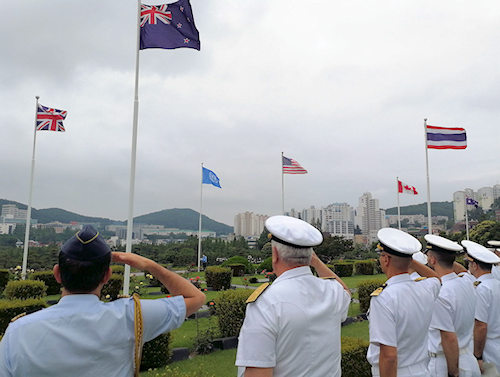
In September 1951, in fact, a health unit managed by the personnel of the CRI Military Corps and the CRI Volunteer Nurses left for Yong Dung Po, a suburb of Seoul, with the equipment for 200 beds and 71 volunteers, men and women. The hospital that developed from there continued to be operational until January 1955, i.e. more than a year after the end of the conflict, providing constant support to all the troops of the nations present and to civilians.
The support of Italy, as well as the remarkable work of the 68 Hospital with over 7 thousand patients and 230 thousand medical services provided in the clinic, received the praise of General Douglas MacArthur, head of the allied forces, and of the international community, , was not the only evident aspect of the mission since, even on the political level, the commitment of a nation that had just emerged from the war and from the period of fascism was a demonstration of the ability to get involved in supporting values and actions within the limits and in the will of the UN, of which it will then become part in 1955.
In remembering this event the crew of Nave Morosini wanted to commemorate not only all those who gave their lives in the war in defense of democratic values and peace, but also wanted to rediscover a page in the history of our country which on that occasion was able to show the best part of itself, creating international context an example of one's own moderate and diplomatic action in the international context.
Of the experience of those of the crew who participated will remain the honor of being the first to return to this place after a long time and the pleasure of having rediscovered a page of recent history which still today contributes to giving credit to the value of the our nation in the world.
